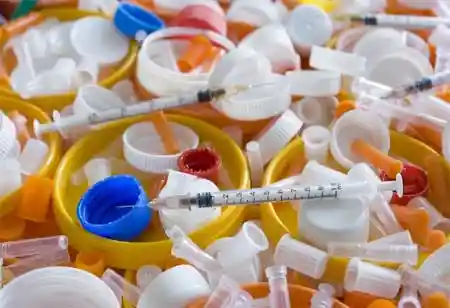Plastics have cut medical expenditures and slowed the spread of infectious diseases.
Fremont, CA: Despite its negative environmental reputation, plastic has proven to be a life-saving material in the healthcare profession. Plastic is helpful in everything from IV bags to incubators to dialysis equipment and implants to prosthetic joints, and no other industry bears the brunt of its use.
Plastics have cut medical expenditures and slowed the spread of infectious diseases. It also has increased the overall quality of treatment provided to patients, to put it another way.
Infection
Infection and deadly diseases, thwarted by sterile plastic packaging and disposable plastic medical instruments such as syringes, surgical gloves, IV tubing, catheters, and insulin. There is no longer any need to reuse or sanitize these items. Instead, they get thrown after one usage.
Devices
Plastics are increasing patient quality of life in various ways, from improved pacemakers to knee replacements and stents. Because plastic is less expensive and more malleable than metal, it provides an alternative to the metal components generally utilized in these parts. It wears out faster, causing agony and discomfort to the patient. Plastic components, which are solid and capable of withstanding extreme loads, provide a longer life for products such as implants and artificial joints due to their resilience.
Cost
Plastic parts are less expensive to manufacture and replace. Plastic parts are likely to endure longer than other materials parts,

